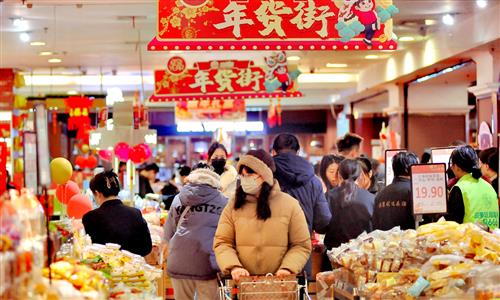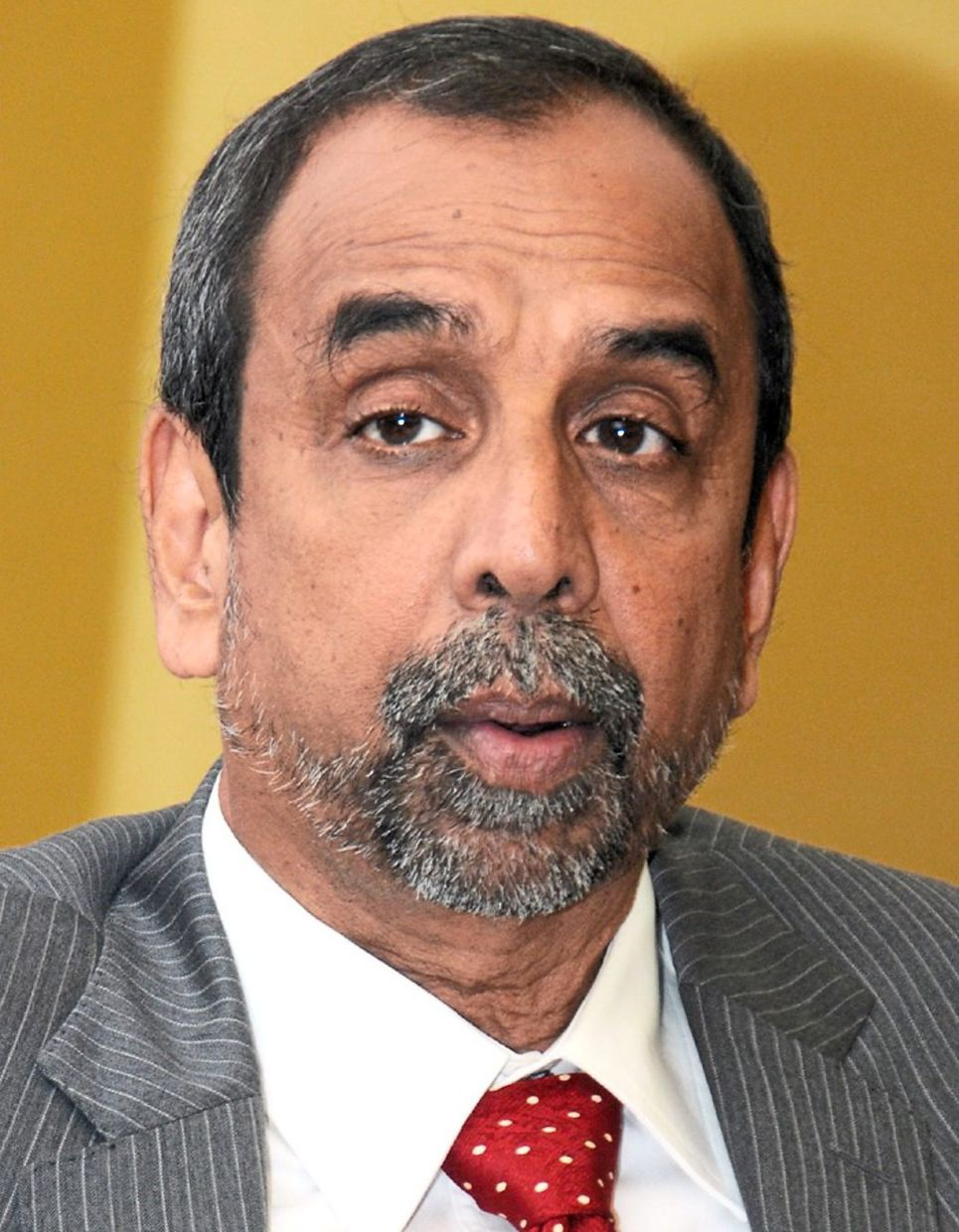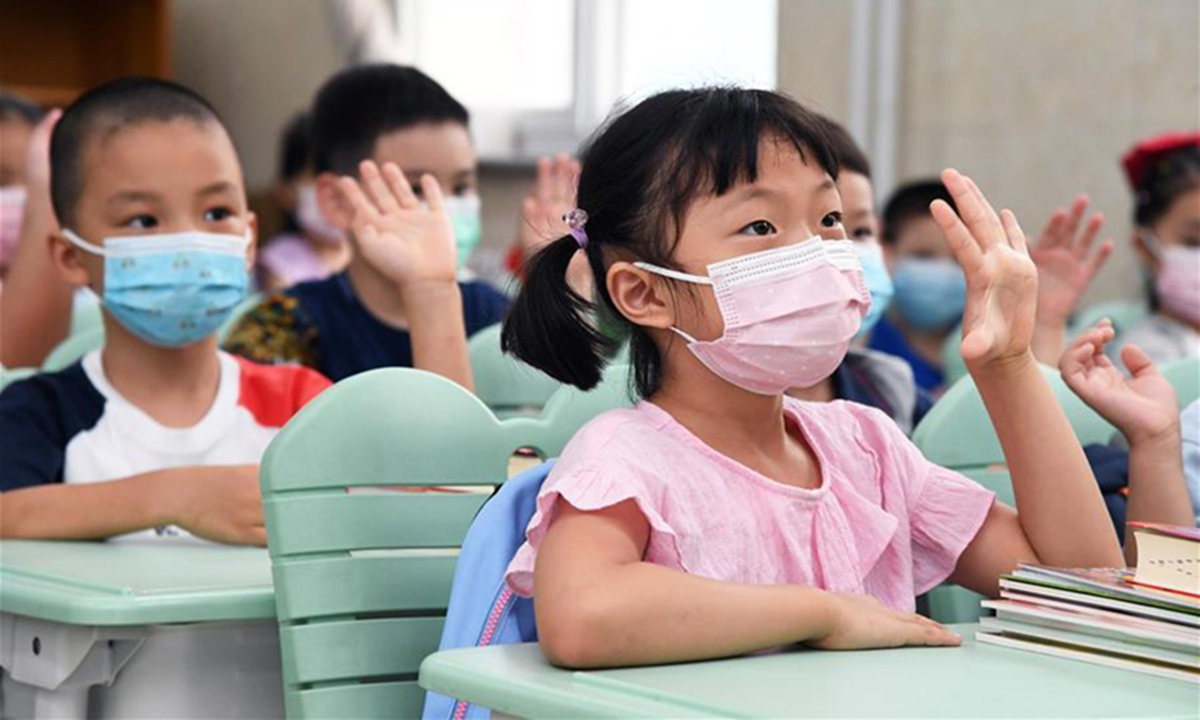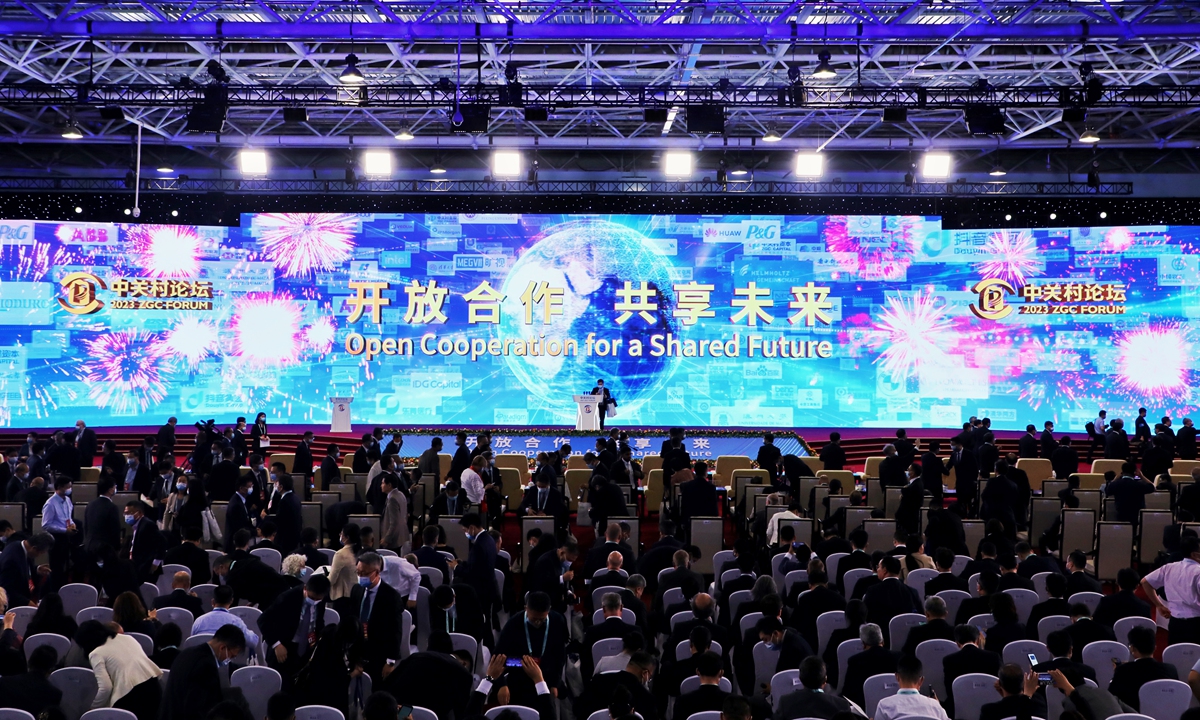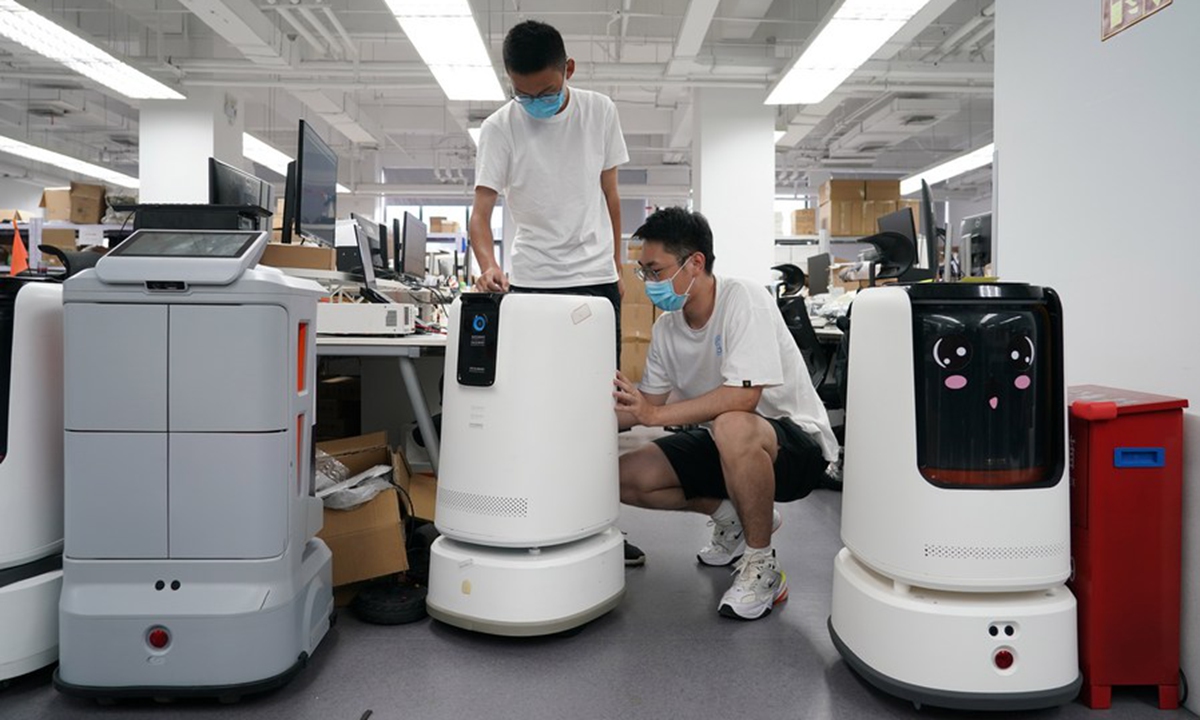Tweet #Rightways
Maybank IB Research said the growth in informal jobs for 2023 was 6.5% compared to 9.7% in 2022.
“The challenges are really to do with a dysfunctional labour market, but fortunately, the rise of gig-economy work provides a market solution and a good option for many young people,” – Geoffrey Williams
PETALING JAYA: Despite witnessing stability in the unemployment rate within the local labour market, a growing number of informal workers are causing economist to worry about the cost of living crisis.
Maybank Investment Bank (Maybank IB) Research reported that the jobless rate within the Malaysian job market is showing signs of stability, holding at 3.3% in December 2023 for the second consecutive month, bringing the average unemployment for the year to 3.4%, down from 3.8% in 2022.
However, the research outfit expressed concerns about the rise of informal jobs and workers, specifically own account workers (OWA), as the number of such workers has been increasing since January 2021 from 2.39 million, reaching a new high of three million in December 2023.
Maybank IB Research said the growth in informal jobs for 2023 was 6.5% compared to 9.7% in 2022, surpassing total employment growth which stood at 2.4% in 2023 and 3.5% in 2022.
Malaysia University of Science and Technology economics professor Geoffrey Williams said there is no mystery about the increase in OAW, attributing it to being part of a long-term trend towards side hustles, micro-enterprises and gig-economy work.
“The number of people in this category has gone up because of the cost of living crisis.
“Household incomes are under pressure. So, women and youths are taking on casual, informal, gig-economy jobs to help their household out,” he noted in a reply to StarBiz.
ALSO READ: Gig economy popularity rising
He believes there has been a rise in female labour force participation and a decline in youth enrollment in college for the same reason.
Williams said most of the people in the OAW category are youths and many of them are women.
According to him, under normal circumstances, they wouldn’t pursue such jobs.
However, he said, due to the pressure of high prices and persistently low incomes for male household members, women and young adults find themselves compelled to take on these jobs.
“Many of these jobs are also taken by graduates who cannot find graduate level work.
“They are underemployed, contributing to an overall structural problem of underemployment covering approximately two million people,” he added.
William said these jobs are predominantly low-paid and short-term, making them easily accessible.
“Although male and female average wages are similar in formal work, there is a gender income gap in informal work because women tend to take on low-paid, short-term informal work more often,” he said.
With regard to formal work, William said finding such employment is challenging as firms are still recovering from the Covid-19 crisis or transitioning to technology that reduces the need for human workers.
Additionally, William believes formal salaries are low, prompting people to opt for gig-economy and OAW jobs for better flexibility, even if the salary is not as lucrative.
Meanwhile, Maybank IB Research also pointed out the persistently stagnant youth unemployment rate, holding steady at 10.6% in December 2023.
“Youth unemployment has been ‘stuck’ between the 10.6% and 10.8% range since August 2023, thus still above the pre-pandemic low of 9.9% in December 2019,” it noted
Commenting in regards to this, William said youth unemployment is high worldwide due to a demand and supply issue within the younger labour market.
ALSO READ: DPM: We’ll look after gig workers
“Companies do not have jobs to offer new recruits, graduates and school-leavers so demand for young people is low,” he said.
If companies do have job openings, Williams said the salaries are often below the poverty line, and the terms and conditions are generally unfavourable.
“The challenges are really to do with a dysfunctional labour market, but fortunately, the rise of gig-economy work provides a market solution and a good option for many young people,” he noted.
Williams said conventional economists will advise government interference and training, but he stressed that this will not work.
“Training does not create jobs, it just creates underemployment. The market creates jobs and it should be freed-up to create more jobs especially in gig-economy and freelance work,” he noted.
Research houses expect the local labour market to be resilient and stable, with some expecting improvement within the labour market.
While Maybank IB Research expects the unemployment rate to be stable at 3.4% in 2024, after moderating to 3.4% last year from 3.8% in 2022, both Kenanga Research and TA Research expect a further downtrend.
Kenanga Research, having adjusted its 2024 average unemployment rate estimate from 3.3% to 3.2%, anticipates that the labour market will maintain its robust performance in the near term and throughout 2024.
This expectation is based on the stability in job creation observed in recent months, coupled with the anticipation that the economy will receive additional support from the technology upcycle and China’s gradual economic recovery, particularly in the second half of 2024.
“Alongside continued tourist arrivals and spending, the ongoing progress of multi-year infrastructure projects by the federal government are expected to provide job opportunities,” it explained.
Nevertheless, Kenanga Research said structural issues in the labour market remain a key challenge.
This includes a significant number of youth unemployment, between 15 and 24 years old, standing at 307,200 or 10.6%.
Additionally, it said skill-related underemployment, defined as those with tertiary education and working in the semi-skilled and low-skilled categories, currently stands at 37.4%, reaching a record high of 1.94 million in the final quarter of 2023 (4Q23).
TA Research, meanwhile, believes jobless rate to average at 3.2% this year, with fluctuations between 3.3% and 3.1%.
It said the government is proactively addressing issues such as low pay through the wage progressive model, to enhance the overall well-being of workers.
“Furthermore, as we anticipate a resurgence in the Chinese market and a continuous uptick in domestic demand in Malaysia, the unemployment rate is expected to benefit positively,” it said.
TA Research added that the sustaining economic growth is likely to attract increased foreign direct investment (FDI) into the country.
It anticipates FDI inflow to stimulate business expansion, leading to additional job opportunities.
“The combined effects of government initiatives and the influx of FDI are poised to contribute to a more robust job market, creating favourable conditions for lower unemployment rates and improved overall labour market conditions,” it added.
Similarly, Hong Leong Investment Bank (HLIB) Research said Malaysia’s positive economic momentum that persisted throughout 2023 had increased the need for labour.
As a consequence, it said the number of employed persons steadily improved to keep up with industry demands, and the unemployment rate returned to pre-pandemic levels in November 2023.
“Going forward, we expect the labour market to remain supported by a further increase in tourism activities, the realisation of FDI projects as well as the government’s other job creation initiatives,” HLIB Research noted.
In absolute terms, the number of unemployed persons decreased to 567,800 in December 2023, marking the lowest figure since February 2020 when it was 525,200.
In December 2023, the labour force expanded 0.1% month-on-month albeit at a slower pace compared to the 0.2% in November 2023, with the total labour force reaching a record high of 17.03 million persons.











